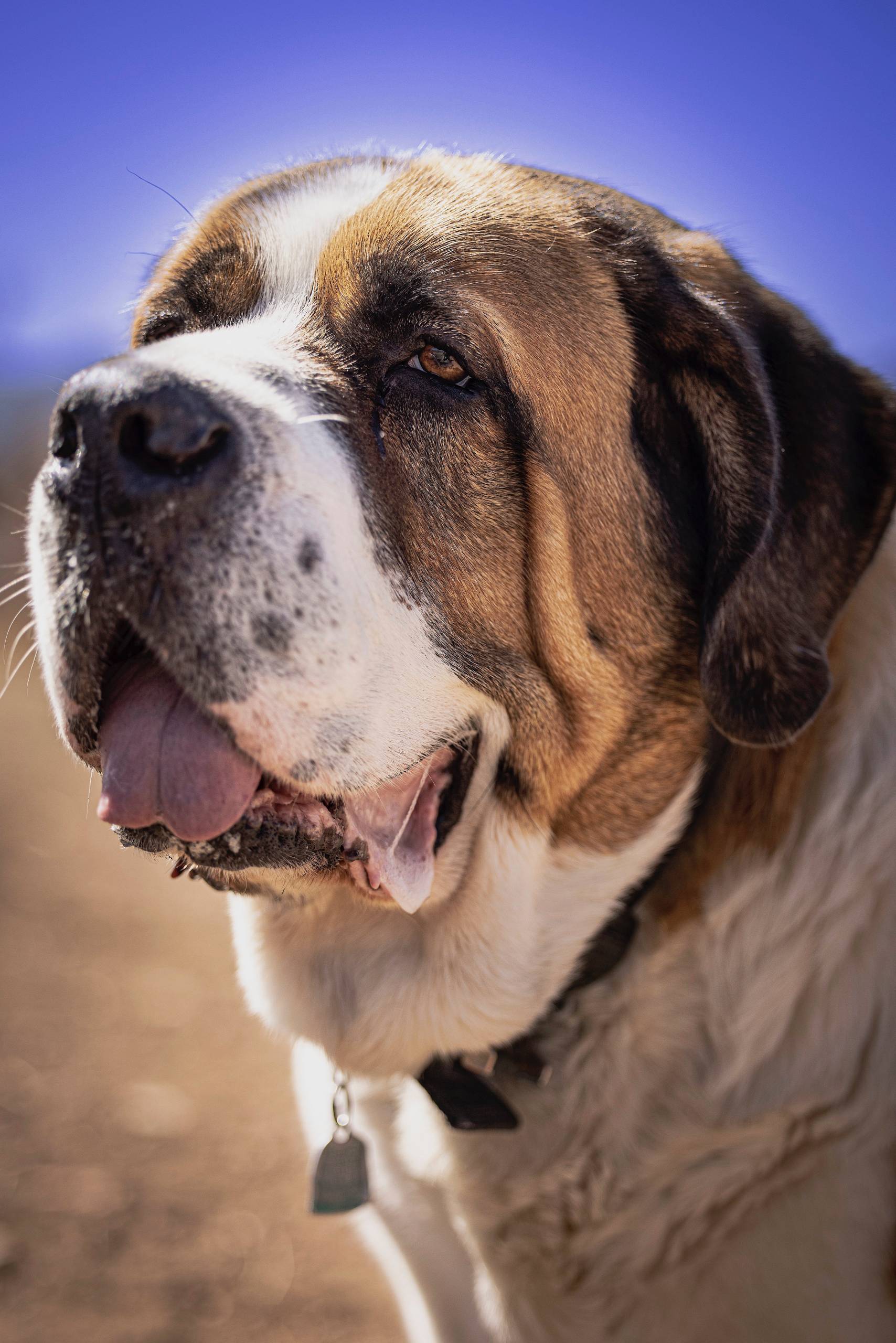
Factors Affecting a Dog’s Lifespan
A dog’s lifespan varies based on several factors, including breed, size, genetics, and overall health. Generally, smaller breeds tend to live longer than larger ones. Larger dogs, such as Great Danes and Saint Bernards, have shorter lifespans, typically ranging from 6 to 10 years, while smaller breeds, like Chihuahuas and Dachshunds, can live anywhere from 12 to 20 years.
Genetics also play a crucial role in determining a dog’s lifespan. Just like humans, some dogs inherit genetic predispositions to certain health conditions, which can affect how long they live. Additionally, the lifestyle and care provided by their owners can significantly impact a dog’s overall health and longevity. Regular exercise, a nutritious diet, and routine veterinary care can all contribute to a dog living a longer, healthier life.
Understanding Dog Years in Human Terms
Have you ever heard the saying that one dog year is equivalent to seven human years? While this adage has been popular for years, it’s not entirely accurate. The relationship between dog years and human years is more complex and varies based on a dog’s age and size.
During a dog’s first year, they go through rapid physical and mental development, often reaching maturity by the end of that year. To put this into perspective, a one-year-old dog is roughly equivalent to a 15-year-old human, not 7. As dogs age, the rate at which they age slows down, and the conversion from dog years to human years becomes less straightforward.
Enhancing Your Dog’s Quality of Life
Regardless of the specific years, the most important aspect of a dog’s lifespan is the quality of life they experience during those years. As responsible pet owners, we have the power to positively impact our dog’s wellness and happiness.
Regular visits to the veterinarian, a balanced diet, daily exercise, mental stimulation, and a loving, stress-free environment can all contribute to a longer, healthier life for our beloved pets. Keeping an eye out for any changes in behavior or physical health and addressing them promptly can also make a significant difference in a dog’s overall well-being.
Cherishing Every Moment
While we may wish our dogs could stay by our side forever, the reality is that their time with us is limited. Understanding a dog’s lifespan in human years can serve as a reminder to cherish every moment spent with our loyal companions. Whether it’s playing fetch in the park, going for a leisurely walk, or simply snuggling on the couch, every interaction with our dogs is a precious opportunity to create lasting memories.
As we navigate the journey of life with our four-legged friends, let’s embrace the joy they bring into our lives and strive to provide them with the love and care they deserve. By understanding and appreciating the time we have with our dogs, we can ensure that their years are filled with happiness, comfort, and an abundance of unforgettable moments.
So, the next time you look into your dog’s eyes, remember to treasure the present and make the most of every shared experience. After all, the love and companionship they offer us are truly timeless, regardless of the years.[/fusion_text]



